Southern Caucasus 2023
The day began with a walking tour of the Sololaki neighborhood, the “new” section of central Tbilisi with buildings constructed in the18th and 19th centuries. The bus dropped us at Freedom Square with the 150-foot statue of Saint George commemorating Georgia’s independence. This square has been the site of mass demonstrations in the past including the 2003 Rose Revolution causing the president to resign.
The Soviets moved into Georgia in 1921, killed intellectuals, business leaders, the rich. They took over all the housing and buildings, implemented other Communist iniatives. They assigned families in Tbilisi to single rooms in grand mansions and life became very hard. By the end of the Soviet reign most homes, buildings in Tbilisi were in ruins. Restoration is slowly occurring. Many people are still living in cramped apartments in the historic area. We stopped in a small coffee shop and climbed upstairs in a mansion that is not yet restored. Several dogs accompanied us on the walk — they
Susan Fulks
24 chapters
18 Aug 2023
Exploring Tbilisi Part 2
Marriott Hotel, Tbilisi, Georgia
The day began with a walking tour of the Sololaki neighborhood, the “new” section of central Tbilisi with buildings constructed in the18th and 19th centuries. The bus dropped us at Freedom Square with the 150-foot statue of Saint George commemorating Georgia’s independence. This square has been the site of mass demonstrations in the past including the 2003 Rose Revolution causing the president to resign.
The Soviets moved into Georgia in 1921, killed intellectuals, business leaders, the rich. They took over all the housing and buildings, implemented other Communist iniatives. They assigned families in Tbilisi to single rooms in grand mansions and life became very hard. By the end of the Soviet reign most homes, buildings in Tbilisi were in ruins. Restoration is slowly occurring. Many people are still living in cramped apartments in the historic area. We stopped in a small coffee shop and climbed upstairs in a mansion that is not yet restored. Several dogs accompanied us on the walk — they
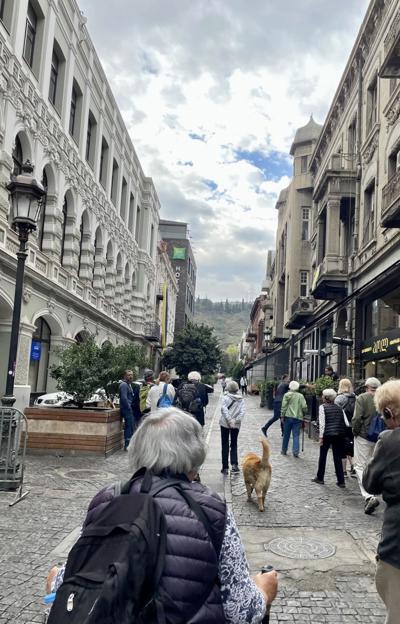
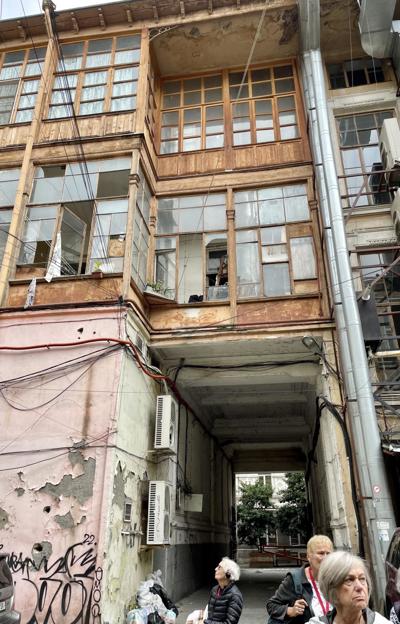
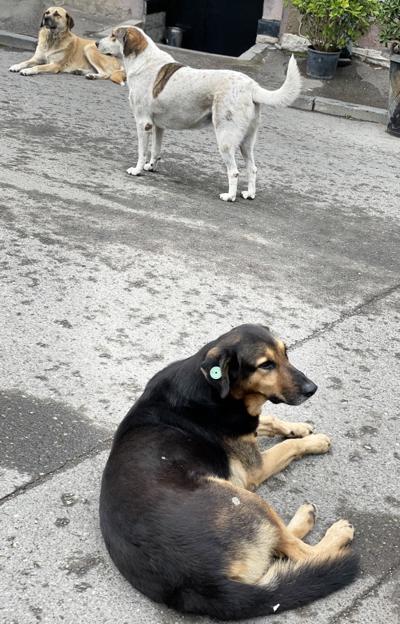
growled at cars to “protect us”. Georgians feed stray dogs so this was usual according to Maia.
Walking back to Old Town we stopped at the famous Sulphuric Baths. Bathing in the mosque-like domes has been a local tradition for thousands of years. We met a couple getting wedding pictures near the baths. Then on to lunch at a nearby restaurant. I ordered a Georgian plate that looks like curry puffs - no curry but filled with chopped meat. Also a tarragon lemonade.
On the way back to Freedom Square we walked through Meidan Bazaar, a below ground market selling mostly gift type items, some antiques. The market used to be spread over several blocks - streets named after the type of goods sold there - as many women began selling to make money after the Soviets left. We also stopped at the Orthodox Zion Cathedral originally built in the 5th century and walked by the new Peace Bridge, a modern pedestrian bridge over the Kura River.
Late afternoon we walked down the hills through a beautiful park full of
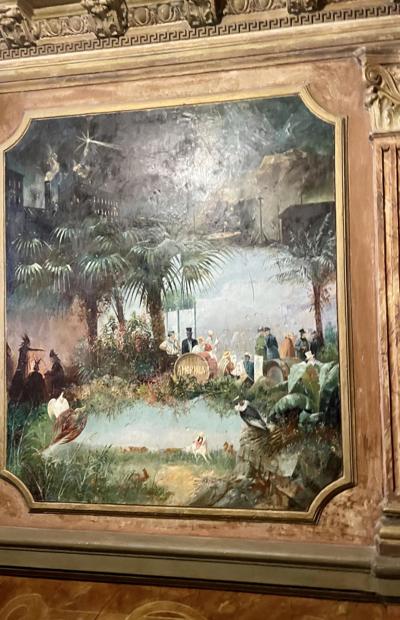
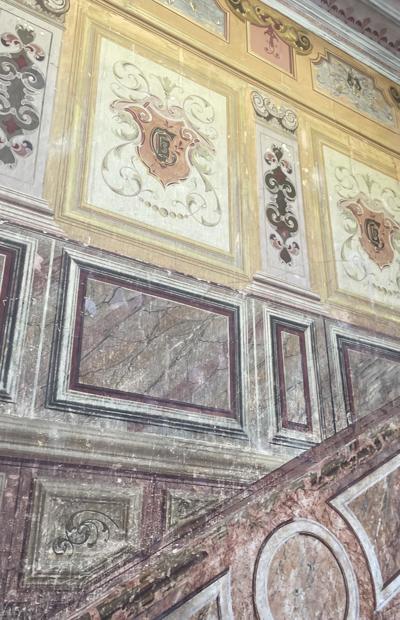
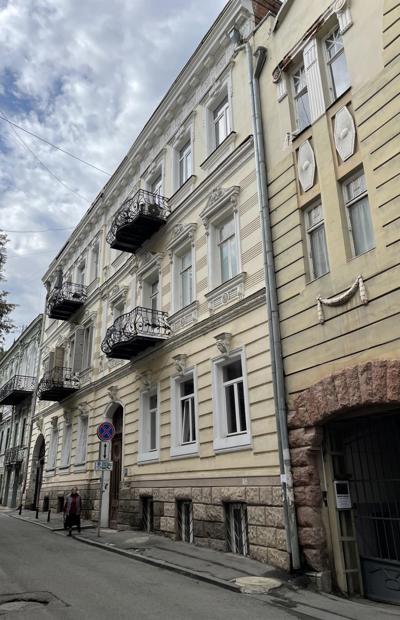
statues of artists, writers, other famous Georgians. Crossing a bridge we walked down stairs to the Dry Bridge Flea Market, an area where anyone can set up a table and sell everything from old dishes to jewelry to religious icons to carpets. Rain started so we headed back to the hotel instead of buying.
A former government official/ambassador/researcher/TV and radio host met with us describe events during the Soviet era, the transition to independence, the civil war, continued actions by the Soviets, and his
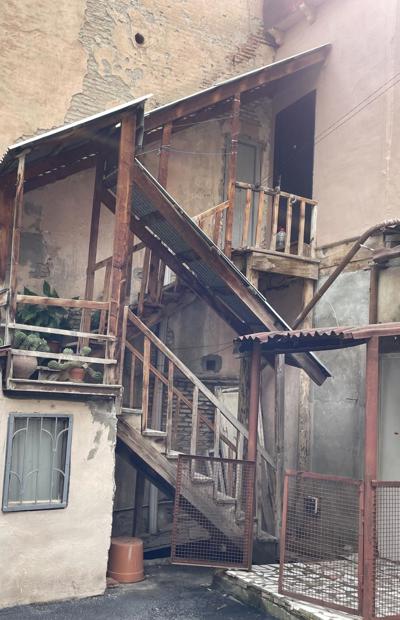
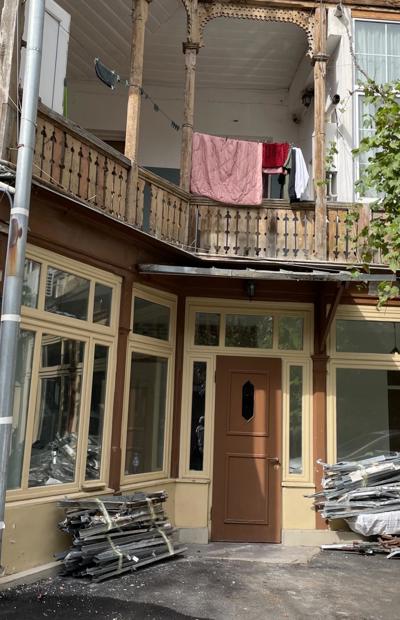
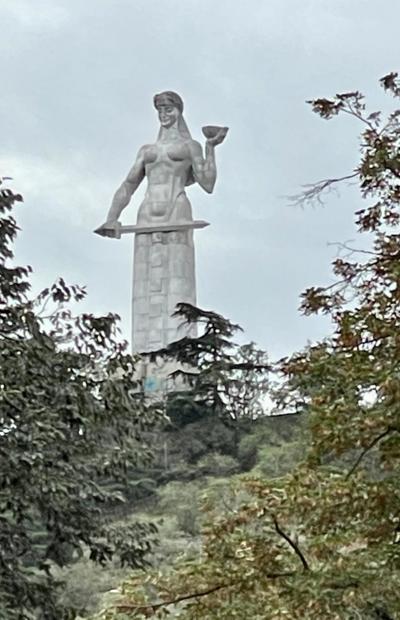
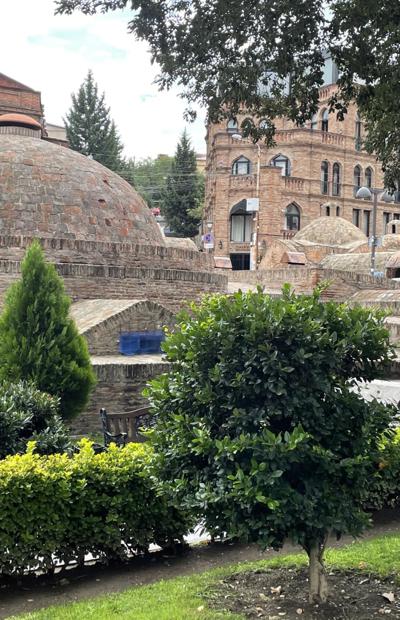
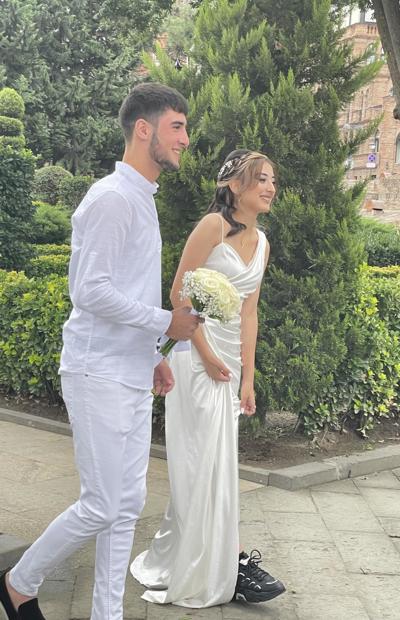
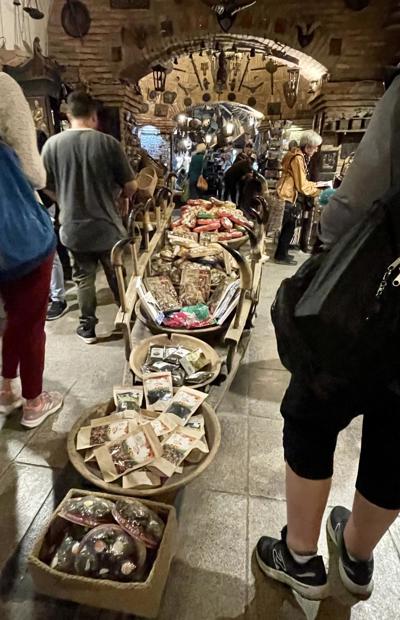
predictions for Georgia’s future.
Dinner tonight was back at the top of the cliffs in Old Town featuring huge skewers of kabobs and plates of fresh fruit. The lights of the town below were striking.
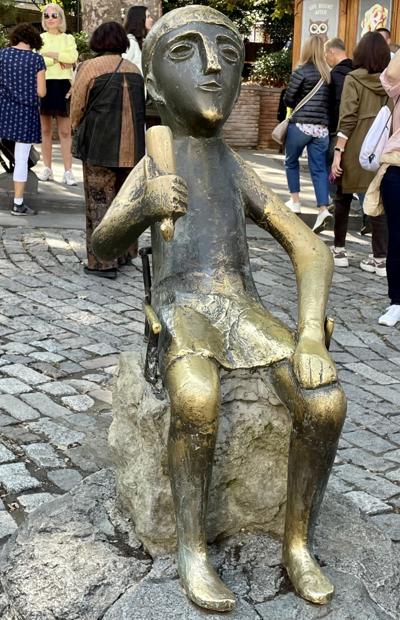
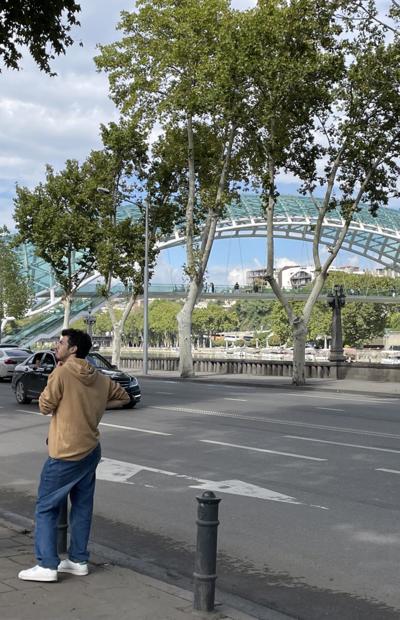
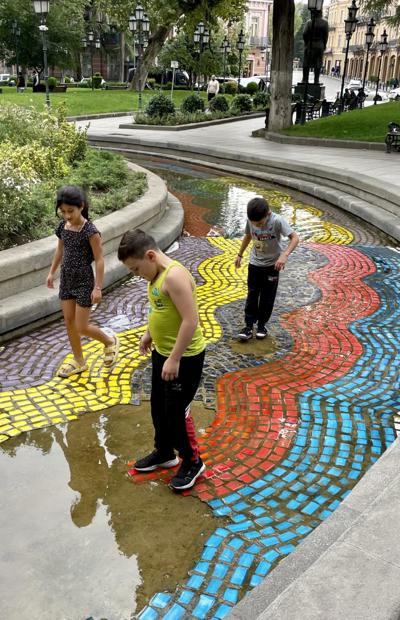
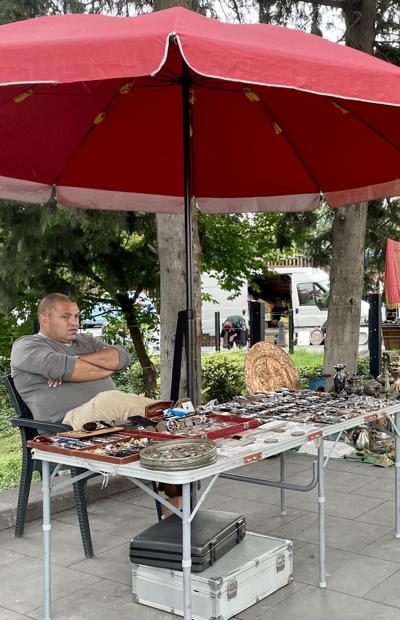
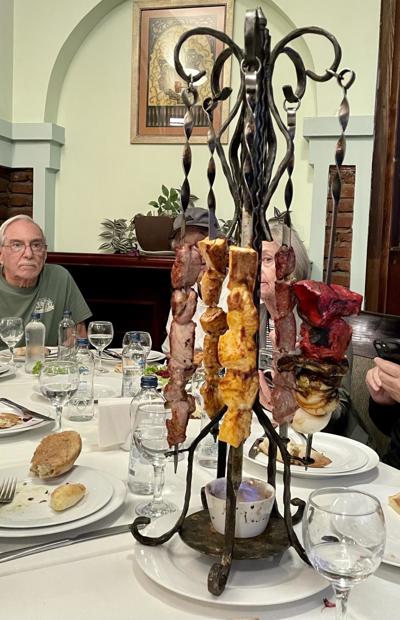
1.
Getting Ready
2.
Madison to Istanbul
3.
Tasting our way through Istanbul
4.
Bazaars and Islamic Art
5.
Azerbaijan’s Carpet Museum
6.
Exploring Baku
7.
War Memorials and Petroglyphs
8.
Juma Mosque and Mountain Villages
9.
Shaki Old Town to Kish Village
10.
Crossing the Border to Georgia
11.
Exploring Tbilisi
12.
Exploring Tbilisi Part 2
13.
Visiting Tserovani
14.
Overland to Borjomi
15.
The Cave City of Vardzia
16.
Overland to Stepantsminda
17.
Life in the Mountains
18.
Overland to Telavi
19.
Market, Wine, Bread, Monastery
20.
Yerevan, Armenia
21.
Exploring Yerevan
22.
Monasteries and Cathedrals
23.
Cave Monastery to Temple of Garni to cooking lessons
24.
An Extra Day
Share your travel adventures like this!
Create your own travel blog in one step
Share with friends and family to follow your journey
Easy set up, no technical knowledge needed and unlimited storage!
© 2025 Travel Diaries. All rights reserved.